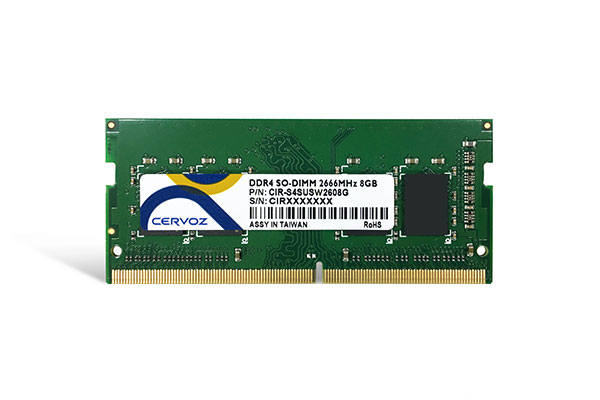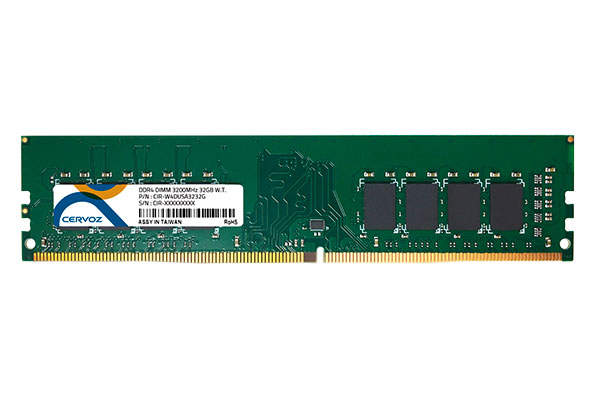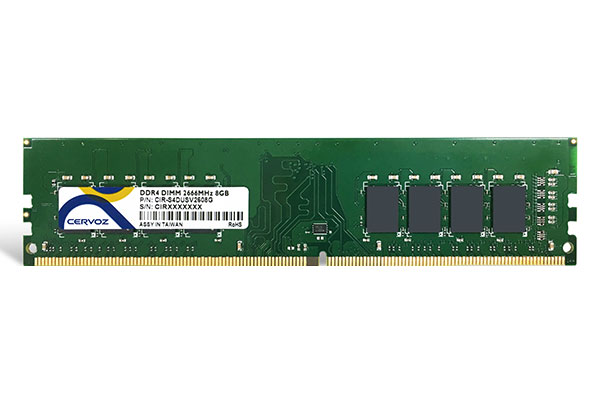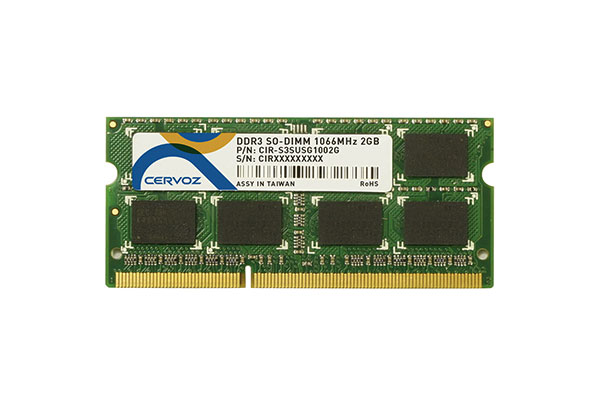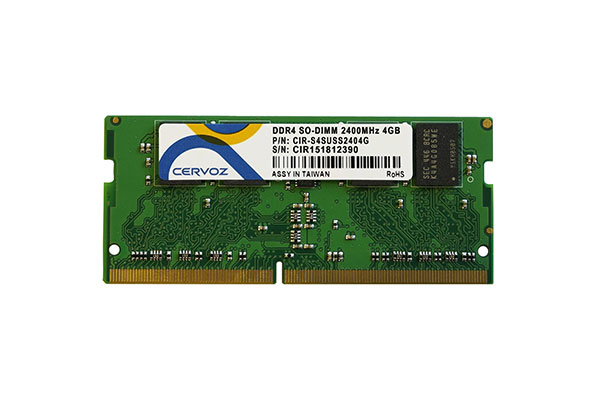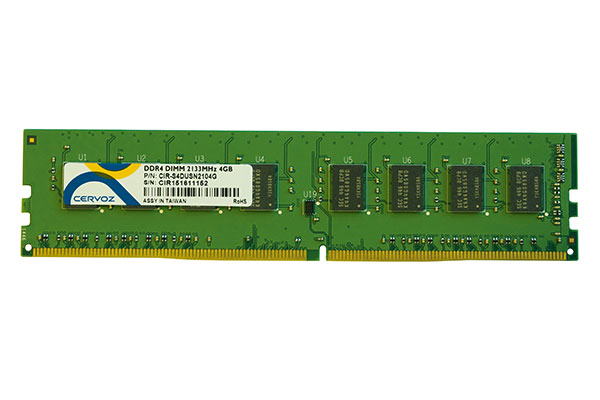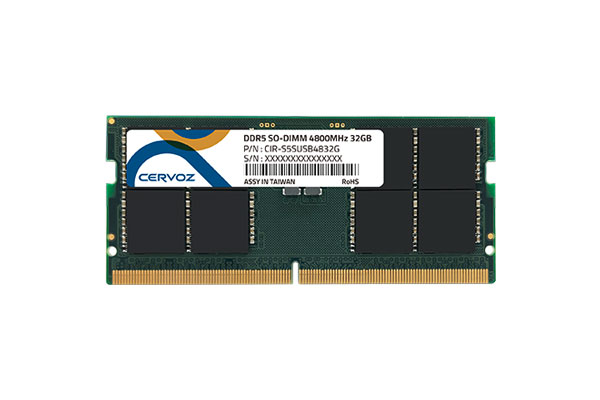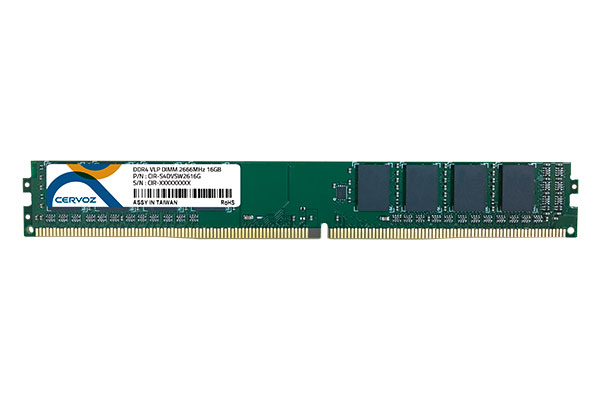Memory Modules
Memory modules such as DIMM and SO-DIMM are often used to expand RAM and optimize system performance. DIMM and SO-DIMM memory modules are crucial components for the performance and functionality of computers.

Price on request
Regardless of whether you choose DIMM or SO-DIMM, choosing the right memory module is crucial to optimize system performance. It is important to check compatibility with your system and ensure that you select the right capacity and speed to meet your requirements. To withstand industrial demands, most memory modules are also available with an extended operating temperature range of -40 to +85°C.
DIMM (Dual Inline Memory Module)
DIMM memory are widely used in desktop computers and servers. These modules are larger than their SO-DIMM counterparts and offer a higher capacity. A common application for DIMM modules is to increase system performance in workstations and servers that need to handle complex tasks and large data sets. The tasks of DIMM modules include:
- Increasing memory capacity
- Increasing speed
- Improving data processing
SO-DIMM (Small Outline Dual Inline Memory Module)
SO-DIMM modules are smaller and more compact than DIMM modules and are used in laptops, notebooks and small form factor computers. They are known for their energy efficiency and mobility and fulfill the following tasks:
- Space saving memory expansion
- Mobility and energy efficiency
- Adaptability due to the wide range of technical features


